Disclosure: This article contains affiliate links. We may earn a commission from purchases at no extra cost to you, which helps our travel content.
As I stepped off the train at Dongdaegu Station, the crisp spring air carried the scent of cherry blossoms and street food—an intoxicating welcome to South Korea's fourth-largest city. While Seoul and Busan often steal the spotlight, Daegu offers an authentic cultural immersion at a fraction of the cost. During my recent conservation project documenting urban green spaces in Asia, I carved out a week to explore this vibrant city on a tight budget. What I discovered was a perfect blend of tradition and modernity, where ancient temples stand alongside avant-garde art installations, and where students can stretch their won without sacrificing meaningful experiences. Having traveled to over 40 countries documenting botanical conservation efforts, I've developed a keen eye for finding cultural richness without emptying my wallet—and Daegu delivers this balance beautifully. Let me share how you can experience the best of this underrated Korean gem in just seven days without breaking the bank.
Getting Around Daegu: Transportation on a Budget
Daegu's public transportation system is a budget traveler's dream. The city's compact metro network consists of just three lines that connect most major attractions, with single journeys costing between 1,400-1,600 won (approximately $1-1.50). During my week here, I purchased a prepaid Daegu Transportation Card for 3,000 won (about $2.50) and topped it up as needed, saving 10% on each ride.
For exploring neighborhoods beyond the metro lines, the local bus system is comprehensive and equally affordable. Bus routes are conveniently displayed in both Korean and English at most stops, though I found having the Naver Map app on my phone indispensable for navigating the system with confidence. Unlike many Korean apps that require a local phone number, Naver Maps works perfectly with international accounts.
Walking is my preferred method for truly experiencing a city's rhythm, and Daegu's central districts are surprisingly pedestrian-friendly. The main downtown area around Dongseongno Shopping Street is largely flat, making it easy to explore on foot. I often found myself wandering through alleyways that opened into hidden courtyards or stumbling upon tiny galleries I would have missed otherwise.
For day trips to nearby attractions like Palgongsan Mountain, local buses are your most economical option. The intercity bus terminal offers connections to surrounding natural areas for under 5,000 won each way. If you're traveling with 2-3 other students, consider splitting a taxi for destinations outside the city—the fare often works out cheaper than individual bus tickets when divided among a group.
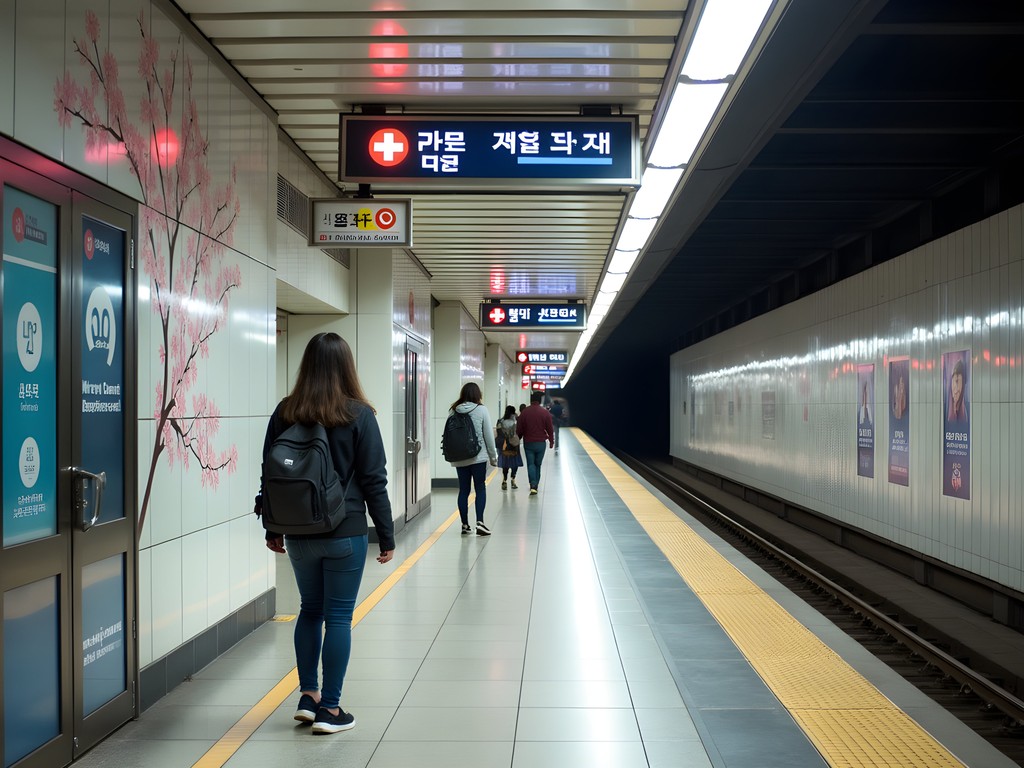
💡 Pro Tips
- Purchase a Daegu Transportation Card immediately upon arrival to save 10% on all public transport
- Download Naver Maps before your trip and mark key locations in advance
- Consider walking between attractions in the downtown area—most are within 15-20 minutes of each other
Budget Accommodations: Where to Stay in Daegu
Finding affordable accommodation in Daegu is refreshingly straightforward compared to Korea's more tourist-heavy cities. During my stay, I split my time between a hostel and a goshiwon—a uniquely Korean housing option originally designed for students preparing for exams.
The Daegu Downtown Hostel, located just a 5-minute walk from Jungangno Station, offers dorm beds starting at 18,000 won (approximately $15) per night. The facilities are basic but impeccably clean, with free breakfast (toast, jam, and instant coffee) and reliable Wi-Fi. What makes this place special is the rooftop garden where the owner grows herbs and vegetables—a small urban oasis that immediately captured my botanist's heart. Many hostels in Korea require you to remove shoes before entering, so pack a few pairs of comfortable socks to wear around common areas.
For a more immersive experience, I spent three nights at a goshiwon near Kyungpook National University. These micro-apartments typically measure 5-8 square meters and include a single bed, desk, mini-fridge, and shared bathroom facilities. At just 15,000 won ($12) per night, it was the most budget-friendly option, though admittedly not for those who value spaciousness. The goshiwon provided free rice, kimchi, and instant ramyeon in the communal kitchen—a significant money-saver for budget travelers.
If dormitory-style living isn't your preference, consider guesthouses in the Dongseongno area, where private rooms start around 35,000-40,000 won ($30-35) per night. Many offer weekly discounts for students with valid ID cards. I met several exchange students who had negotiated monthly rates at these guesthouses, bringing their accommodation costs down to approximately $300 per month—considerably less than in Seoul or Busan.

💡 Pro Tips
- Book accommodations near metro stations to minimize transportation costs
- Ask about student discounts—many places offer them but don't advertise widely
- Consider a goshiwon for the ultimate budget experience, but be prepared for very compact living quarters
Affordable Eats: Daegu's Culinary Scene on a Budget
Eating well in Daegu doesn't require deep pockets—some of my most memorable meals cost less than $5. The city is known for its distinctive culinary traditions, including makchang (grilled beef intestines) and tteokbokki (spicy rice cakes), which you can sample without straining your budget.
University neighborhoods offer the best value for hungry travelers. The areas around Kyungpook National University and Keimyung University are packed with affordable restaurants catering to student budgets. Here, kimbap (Korean rice rolls) shops serve filling meals for 3,000-4,000 won ($2.50-3.50), while dosirak (lunch box) places offer complete meals with rice, protein, and banchan (side dishes) for under 7,000 won ($6).
Daegu's traditional markets are culinary treasure troves for budget travelers. Seomun Market, Korea's largest traditional market, houses hundreds of food stalls where you can sample local specialties at minimal cost. I became mildly obsessed with the hotteok (sweet filled pancakes) from a tiny stall near the market's east entrance—at just 1,000 won each (less than $1), these warm, gooey treats became my daily indulgence.
For those staying in accommodations with kitchen access, grocery shopping at E-mart or Homeplus provides substantial savings. Many of these large supermarkets discount fresh produce in the evening hours. I often purchased discounted vegetables and supplemented them with instant rice and kimchi for easy, budget-friendly meals.
Street food around Dongseongno Shopping Street offers another economical dining option. Tteokbokki, odeng (fish cake skewers), and twigim (tempura) typically cost 2,000-4,000 won per serving. Bring your own reusable chopsticks to reduce waste and be prepared for impromptu street food adventures.
Don't miss pojangmacha (street food tents) that appear in the evenings, particularly around Banwoldang Station. These temporary establishments serve soju, beer, and simple dishes in a convivial atmosphere—perfect for meeting locals and fellow travelers while keeping your food budget intact.
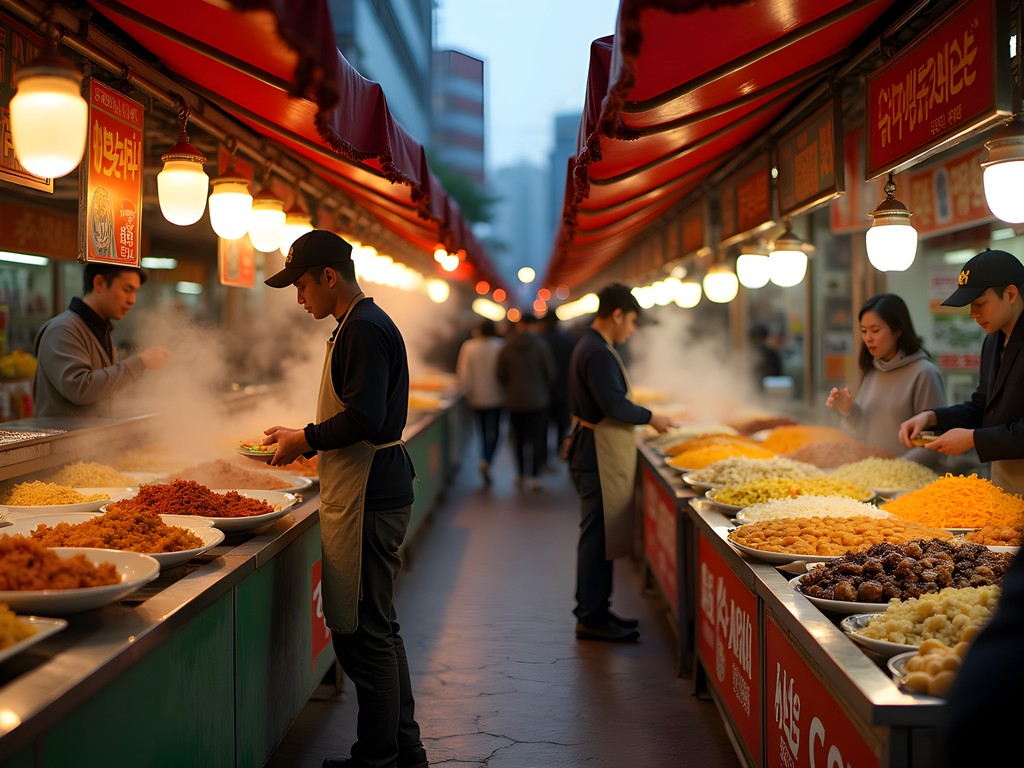
💡 Pro Tips
- Eat your main meal at lunch when many restaurants offer special set menus at reduced prices
- Look for restaurants with lines of local students—they know where to find the best value
- Visit traditional markets near closing time when vendors often discount remaining food items
Free and Low-Cost Cultural Experiences
Daegu offers a wealth of cultural experiences that won't deplete your travel fund. During my conservation work documenting urban green spaces, I discovered numerous free and low-cost attractions that provide authentic insights into Korean culture.
The city's parks and gardens are absolute treasures for budget travelers. Duryu Park, home to the stunning Daegu Arboretum, offers free admission to its extensive botanical collections. As someone who has documented plant species around the world, I was genuinely impressed by the diversity here—over 1,000 plant species arranged in themed gardens. The E-World theme park within Duryu Park charges admission, but the surrounding public areas are free to explore and particularly magical during cherry blossom season.
For art enthusiasts, many of Daegu's galleries offer free admission or student discounts. The Daegu Art Factory, housed in a converted tobacco factory, showcases contemporary works by local artists without an entrance fee. I spent a fascinating afternoon watching artists at work in their open studios—an experience that would cost significantly more in Seoul.
Temple visits provide cultural immersion at minimal expense. Donghwasa Temple at the foot of Palgongsan Mountain charges just 3,000 won (approximately $2.50) for entry. I recommend visiting early morning when monks perform their daily chanting rituals. The temple grounds include the impressive Tongil-daebul, a 17-meter tall Buddha statue carved from a single stone.
Daegu's themed streets offer free cultural exploration opportunities. Kim Gwangseok-gil (Street), named after a beloved Korean folk singer, features colorful murals depicting his life and lyrics. Similarly, Bangcheon Market's Mural Village transforms ordinary walls into canvases celebrating local traditions.
For a uniquely Korean experience, visit a jjimjilbang (public bathhouse) like Spa Valley. While not free, the 10,000-12,000 won ($8-10) entrance fee provides access to hot baths, saunas, and relaxation areas—plus you can stay overnight if you're comfortable sleeping in the communal area on a mat. I brought my quick-dry travel towel which proved invaluable for moving between the different bath areas.
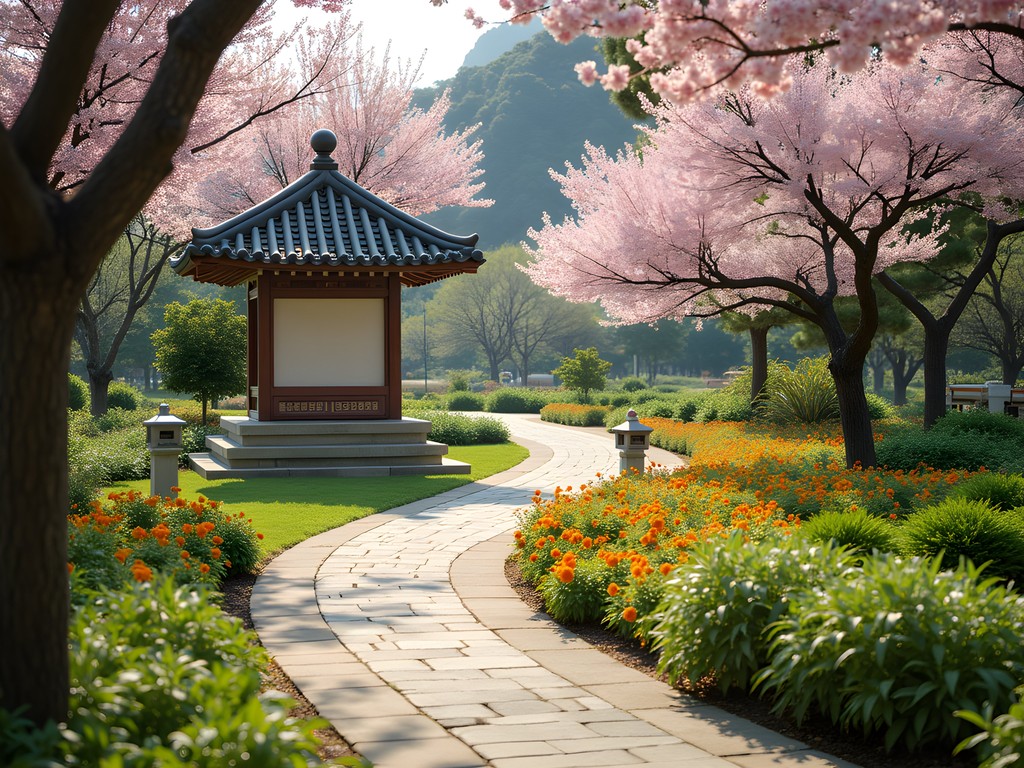
💡 Pro Tips
- Visit museums and galleries on designated free days—usually the last Wednesday of each month
- Download the 'Visit Daegu' app for up-to-date information on free cultural events and festivals
- Consider purchasing the Daegu City Tour Bus one-day pass (10,000 won) for efficient sightseeing if your schedule is tight
Day Trips from Daegu That Won't Break the Bank
Some of my most memorable experiences in the Daegu region came from affordable day trips to nearby natural and cultural sites. These excursions provide a welcome contrast to city exploration without demanding much from your budget.
Palgongsan Mountain, just 30 minutes from central Daegu by bus (2,000 won each way), offers hiking trails for all skill levels. The mountain is home to numerous Buddhist temples, including the aforementioned Donghwasa. I spent a full day hiking the moderate trail to Gatbawi—a Buddha statue famous for its flat stone hat—and documenting native plant species along the way. Pack your own lunch to enjoy at one of the mountain's scenic viewpoints.
For a unique cultural experience, visit Haeinsa Temple in Gayasan National Park. This UNESCO World Heritage site houses the Tripitaka Koreana—over 80,000 wooden printing blocks containing Buddhist scriptures. While getting there requires more effort (take an intercity bus to Hapcheon for about 7,000 won, then a local bus to the temple), the modest 4,000 won entrance fee provides access to one of Korea's most significant cultural treasures. Many visitors miss the temple's medicinal herb garden, which as a botanist, I found particularly fascinating.
Beach lovers can reach Pohang's beautiful coastline in just over an hour using the affordable intercity bus (approximately 10,000 won each way). Bukbu Beach offers clean sand and calm waters without the crowds and prices of more famous Korean beaches. I recommend bringing a portable bluetooth speaker for some relaxing tunes while you enjoy the shoreline—just keep the volume respectful.
Busan, Korea's second-largest city, is accessible for a day trip via the regular train service (around 20,000 won each way). While this is more expensive than other day trips, Busan's famous Haeundae Beach, Gamcheon Culture Village, and Jagalchi Fish Market make it worthwhile if you start early. I managed to capture stunning coastal footage for my conservation project while still returning to my budget accommodation in Daegu by evening.
For those interested in traditional crafts, the Yeongcheon area (30 minutes by train, approximately 5,000 won each way) is known for its celadon pottery. Several workshops offer demonstrations, and some even provide hands-on experiences for a small fee. I brought home a modestly priced tea cup as a practical souvenir of my time in the region.
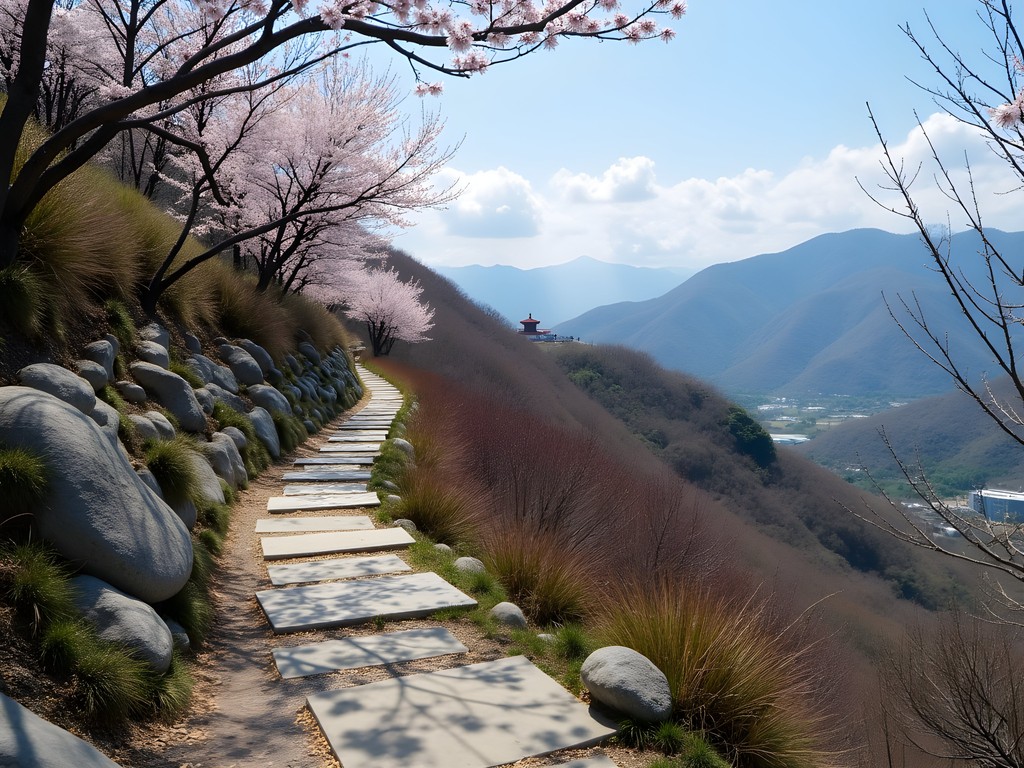
💡 Pro Tips
- Purchase bus tickets to popular destinations a day in advance, especially during peak spring season
- Carry cash for rural destinations where card payment might not be available
- Check the last return transportation times before departing—some routes have limited evening service
Capturing Memories: Budget-Friendly Souvenirs
Souvenirs often become budget-killers for travelers, but Daegu offers numerous meaningful mementos that won't strain your finances. As someone who travels frequently for work, I've learned to prioritize practical, lightweight items that truly represent the destination.
Traditional markets are your best bet for affordable souvenirs. Seomun Market's textile section sells beautiful bojagi (traditional wrapping cloths) starting at just 5,000 won ($4). These colorful, lightweight fabrics serve multiple purposes—I use mine as scarves, bag liners, and impromptu picnic blankets. The market's handcraft section offers simple hanji (Korean paper) products like bookmarks and small notebooks for under 3,000 won ($2.50).
Food items make practical souvenirs that literally give you a taste of Daegu after returning home. The city is famous for its apples, and dried apple chips packaged in cute containers cost around 5,000-7,000 won ($4-6). Local tea shops sell small packets of Korean traditional teas like yuja (citron) or omija (five-flavor berry) for similar prices.
For photography enthusiasts documenting their travels, Daegu offers countless visually striking locations that cost nothing to capture. I particularly enjoyed photographing the contrast between traditional hanok buildings and modern architecture around Jung-gu. If you're serious about travel photography, consider bringing a mini tripod to capture low-light scenes and self-portraits at Daegu's scenic spots.
Many of Daegu's museums and cultural sites offer free stamp books where you can collect unique stamps from each location you visit—a cost-free souvenir that documents your journey. The Visit Daegu information center provides these booklets at no charge.
Perhaps my favorite budget-friendly souvenir came from a small shop near Keimyung University where an elderly artisan creates personalized name stamps (dojang) starting at 10,000 won ($8). He carved my name in Korean characters while I waited, creating a practical keepsake I now use in my conservation fieldwork notebooks.
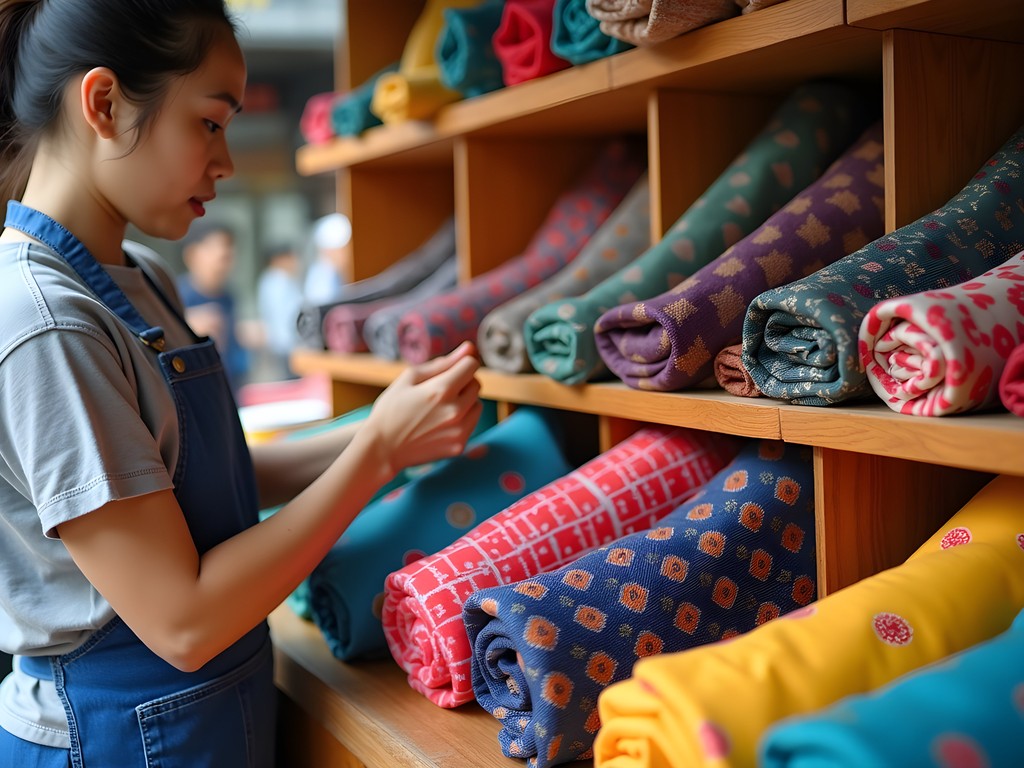
💡 Pro Tips
- Avoid souvenir shops in tourist areas—identical items are usually available for less at traditional markets
- Consider collecting free items like transportation cards, museum tickets, or unique business cards as no-cost mementos
- Look for souvenir shops near universities where prices cater to student budgets
Final Thoughts
As my train pulled away from Dongdaegu Station on my final day, I reflected on how this underappreciated city had delivered such rich experiences without depleting my travel fund. Daegu proves that meaningful cultural immersion doesn't require lavish spending—sometimes the most authentic connections happen in humble pojangmacha tents or while hiking alongside locals on ancient mountain paths. For students and budget travelers seeking to experience Korea beyond the typical tourist circuit, Daegu offers the perfect balance of accessibility, affordability, and authenticity. The city's welcoming atmosphere, combined with its manageable size and excellent transportation system, makes it an ideal introduction to Korean culture for those watching their budgets. Whether you're documenting botanical treasures as I was, or simply seeking cultural enrichment without financial strain, Daegu deserves a prominent place on your Korean itinerary. Pack light, bring an open mind, and prepare to discover that sometimes, the most meaningful travel experiences are also the most affordable.
✨ Key Takeaways
- Daegu offers authentic Korean cultural experiences at significantly lower prices than Seoul or Busan
- University neighborhoods provide the best value for accommodations, dining, and shopping
- Free and low-cost attractions like public parks, traditional markets, and themed streets provide deep cultural immersion
- Strategic day trips can expand your experience of the region without expanding your budget
📋 Practical Information
Best Time to Visit
Spring (April-May) or Fall (September-October)
Budget Estimate
$30-45 per day including accommodation, food, and activities
Recommended Duration
5-7 days
Difficulty Level
Easy

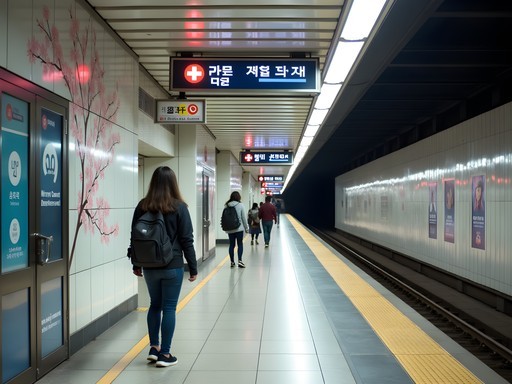
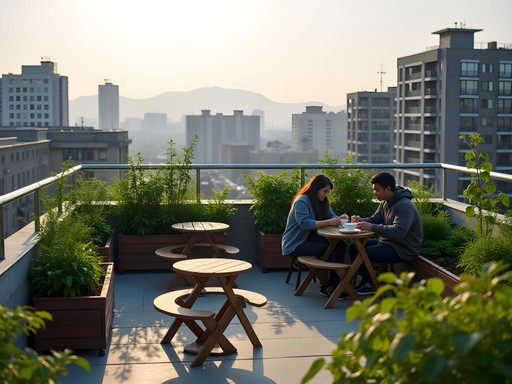

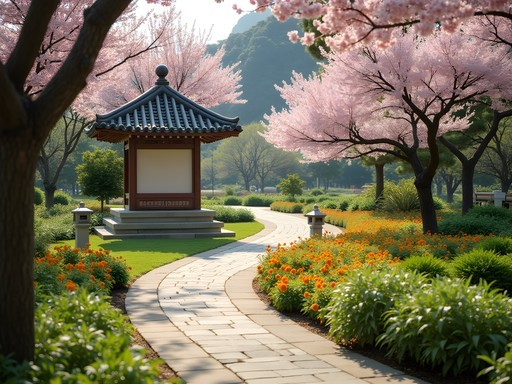
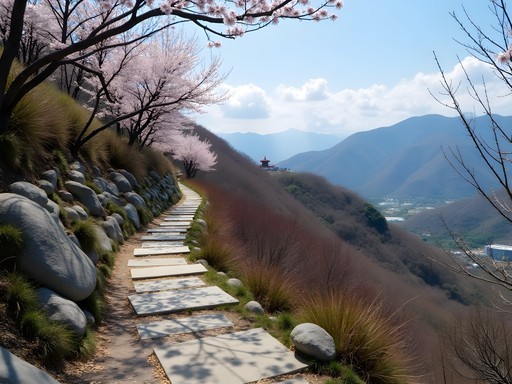
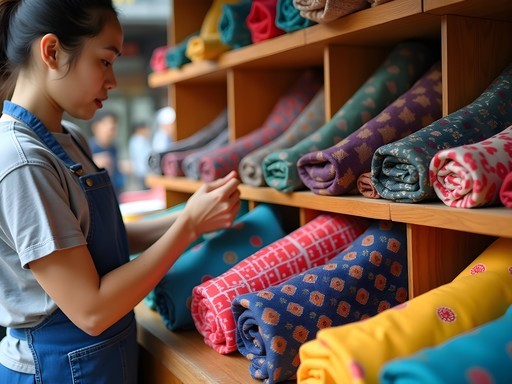



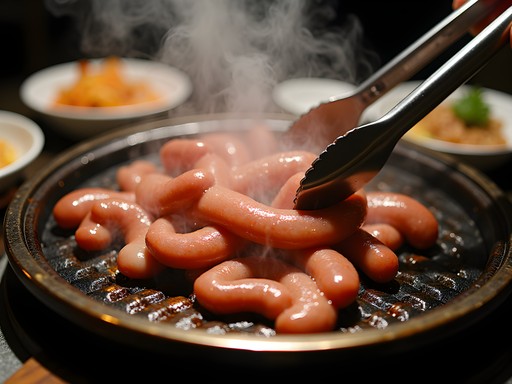

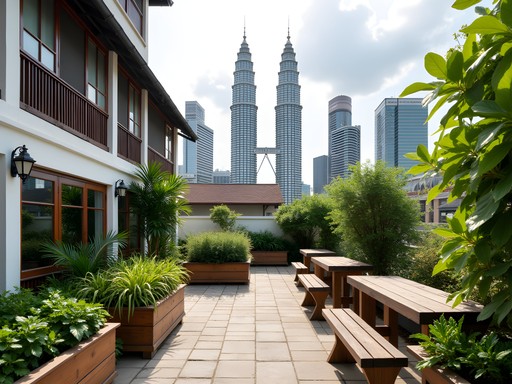
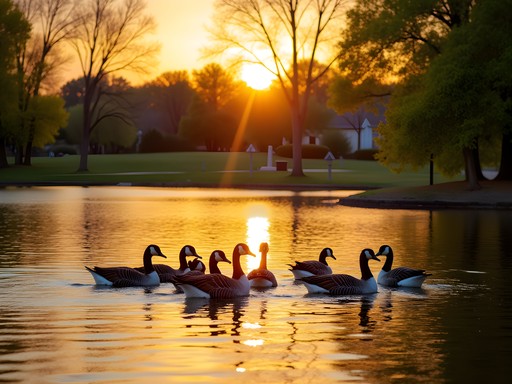
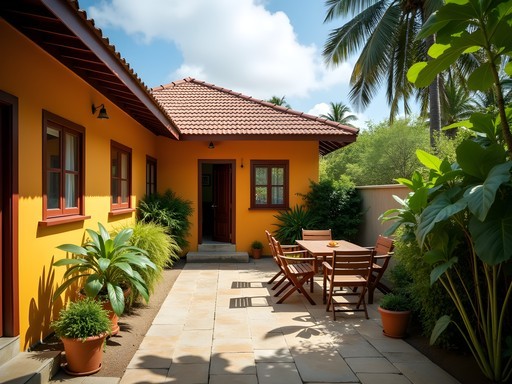
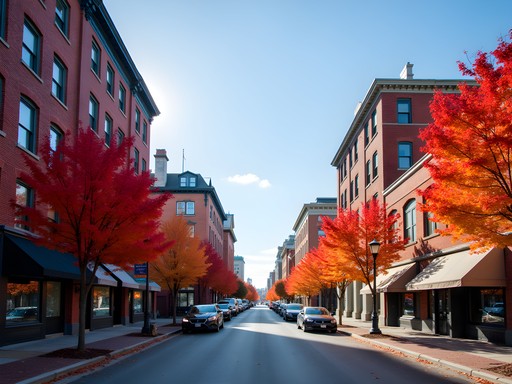
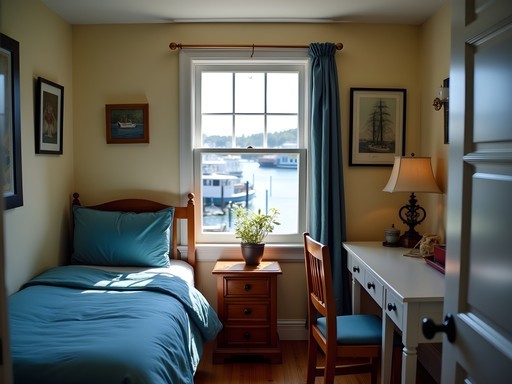
Comments
winterchamp
Those cherry blossom photos are incredible! When's the best time to visit to catch them in bloom?
Morgan Smith
Thanks winterchamp! Cherry blossoms in Daegu typically bloom in early April. Dalseong Park and Duryu Park are the best spots to see them. The timing can vary by a week or so depending on the year's weather, so I'd recommend planning for early-mid April to be safe!
winterchamp
Perfect, thanks! Adding this to my spring travel plans.
Kimberly Murphy
Morgan, your budget guide is spot on! When I visited Daegu last year, I was amazed at how affordable it was compared to Seoul. The Seomun Night Market was a highlight - I stuffed myself with tteokbokki and hotteok for under $10! I'd add that the free walking tours from the tourist information center are brilliant for getting oriented. They leave at 10am and 2pm daily from Dongseongno. One tip: I used my travel guide to find some amazing hidden gems in the Dalseong Park area that weren't on any tourist maps. The traditional tea houses near Gyeongsan are also worth the short trip out of the city center - incredibly peaceful and most cups of tea are under $5.
smartmaster
Great post! How safe is Daegu for solo female travelers? Planning a trip there this summer and wondering about safety, especially when using public transport at night.
Morgan Smith
Hi smartmaster! Daegu is incredibly safe for solo female travelers. I never felt uncomfortable, even using the subway late at night. Just use the same common sense you would in any city. The public transportation is clean, efficient, and well-lit!
moonhero8883
This is exactly what I needed! Been wanting to explore beyond Seoul on my next Korea trip without breaking the bank. Daegu looks amazing!
Kimberly Murphy
You should definitely go! I visited Daegu last year and it was such a refreshing change from the bustle of Seoul. The locals were incredibly friendly too.
moonhero8883
Thanks for the encouragement! Any specific neighborhoods you'd recommend staying in?
starguide
This budget breakdown is super helpful! Did you find any good day trips from Daegu that were affordable? I'll have about 5 days there and wondering if I should venture out of the city for a day or two.
globeguy
Not the author but we did a day trip to Haeinsa Temple and it was amazing! Only about 90 mins by bus and tickets were cheap. Totally worth it to see one of Korea's most important Buddhist temples.
islandwalker
Great post! How was the weather when you visited? I'm trying to figure out the best time to go that won't break the bank but still has decent weather.
Nicole Russell
OMG Morgan this post is EVERYTHING! 🙌 I solo traveled through Daegu last spring and it was such a refreshing break from the crazy prices in Seoul! The guesthouses near Kyungpook National University were so affordable and I met the coolest people there. For anyone heading to Daegu - don't miss the free walking tours from the tourist information center! My guide spoke perfect English and showed us hidden spots I never would've found on my own. Also, I saved SO much money using my T-Money card for all transportation - works on buses, subway, and even some taxis!
islandwalker
Did you feel safe as a solo female traveler in Daegu? Planning a trip there and a bit nervous about navigating alone.
Nicole Russell
Absolutely! South Korea in general is super safe, and Daegu felt even more relaxed than Seoul. I was walking around at night by myself and never felt uncomfortable. The locals were incredibly helpful whenever I looked lost!
skyhero
Going to Korea next month and thinking about adding Daegu to our itinerary. How many days would you recommend for first-timers? Is 3 days enough?
Nicole Russell
3 days is perfect for hitting the highlights! Make sure to spend one day exploring downtown (Dongseongno + Seomun Market), one day for cultural sites (Donghwasa Temple + museums), and one day for nature (Apsan Park or Palgongsan). The city is really walkable and the subway is super easy!
globeguy
We did the public transportation in Daegu last summer and it was super efficient. The city bus tour was only about $8 USD and hit all the major spots. Dongseongno shopping area had amazing street food for cheap too. Don't miss E-World if you're into theme parks - we got discounted tickets after 4pm!
Sophia Gomez
Morgan, this brings back so many memories! I was in Daegu last year for a business conference and ended up extending my stay by 3 days because I fell in love with the city. The Seomun Night Market was my absolute favorite - I still dream about those tteokbokki! Did you get a chance to visit Apsan Park? The cable car ride up was so worth it for those panoramic views, and surprisingly affordable. Daegu truly is the hidden gem of South Korea.
starguide
How's the language barrier there? Is it easy to get around with just English?
Sophia Gomez
It's definitely easier than I expected! Most transportation signs are in English, and younger people often speak some English. I'd recommend downloading Papago translator app though - it was a lifesaver in restaurants!
Venture X
Premium card with 2X miles, $300 travel credit, Priority Pass